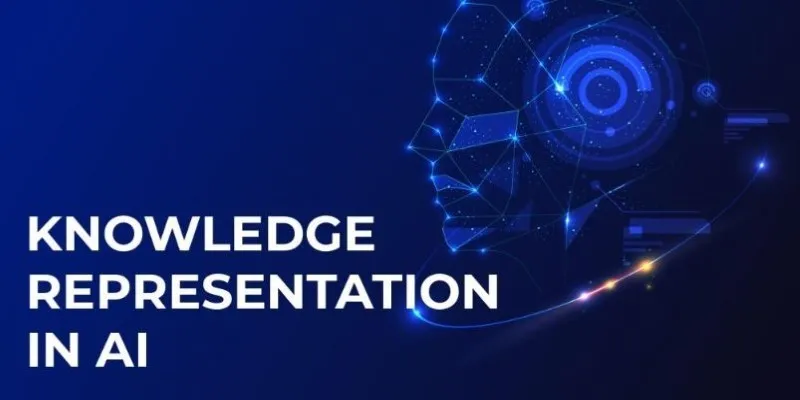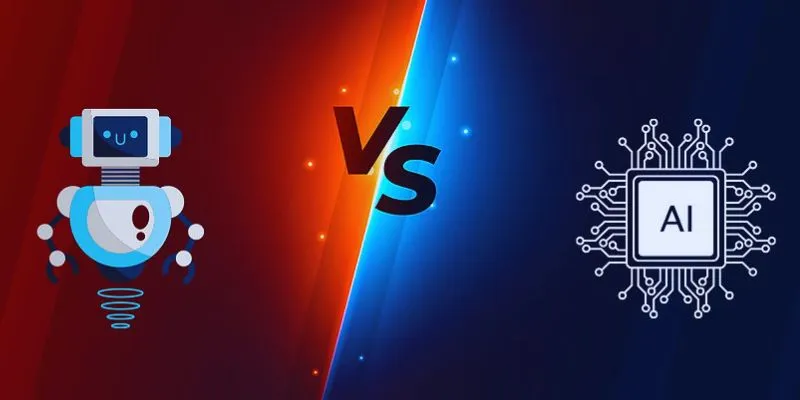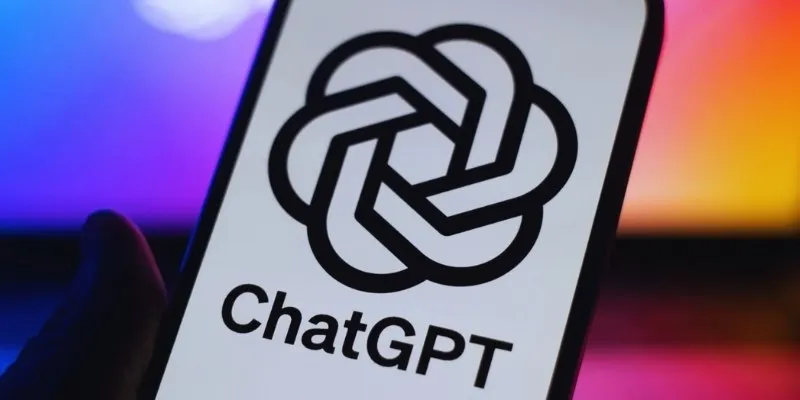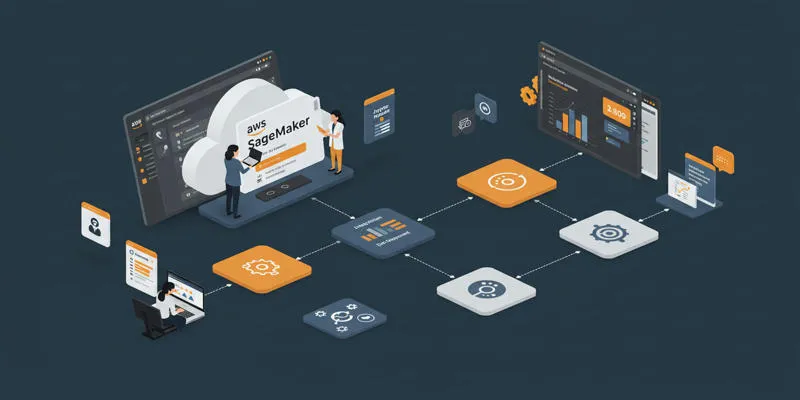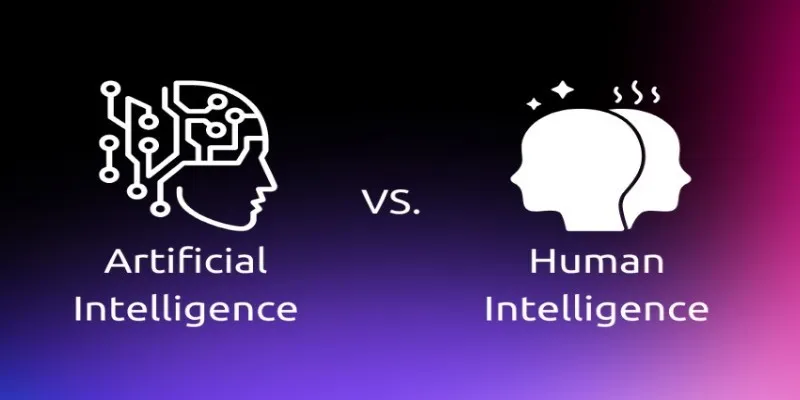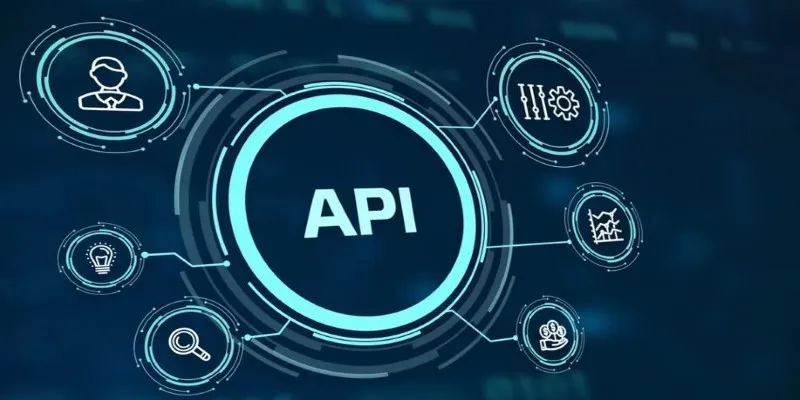Artificial intelligence (AI) has evolved dramatically over the past few decades. We now have AI systems that can translate languages, write texts, and even hold conversations. But a key question remains: can AI truly understand language, or is it merely processing symbols without true comprehension?
One of the most important philosophical thought experiments that address this question is the Chinese Room Argument. Philosopher John Searle introduced this concept in 1980, challenging the idea that computers can “understand” in the way humans do. This post will explore the Chinese Room Argument and its implications for AI, providing insight into whether machines can ever truly understand language or merely simulate understanding.
What Is the Chinese Room Argument?
The Chinese Room Argument, proposed by John Searle, aims to test the idea that a computer could never truly understand or be aware. To illustrate this, Searle imagined placing someone in a room with instructions in English who does not speak Chinese. The person is given Chinese characters and instructed to use them to formulate correct Chinese responses.
Even though the person in the room can successfully produce the correct answers based on the instructions, they do not understand Chinese. The argument suggests that, similarly, a computer could simulate understanding by manipulating symbols without actually comprehending their meaning. In other words, just because a machine can process and respond to language doesn’t mean it understands the language as humans do.
The Basics of the Thought Experiment
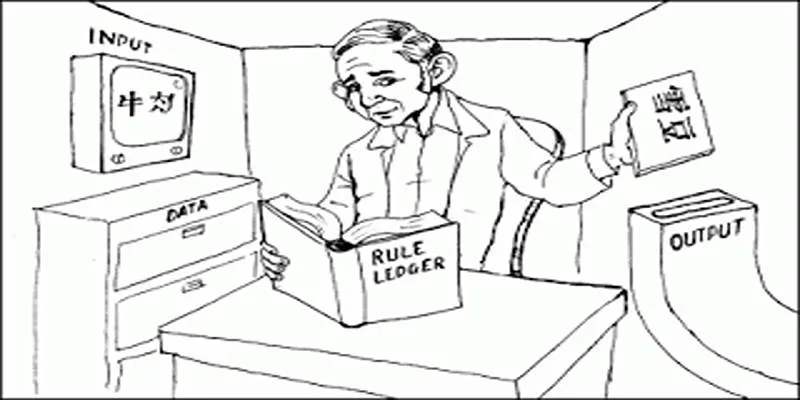
To better understand the Chinese Room Argument, it helps to break it down into its core elements:
The Room : Imagine a small room where a person who does not speak Chinese sits. This person is given a series of Chinese characters as input.
The Rulebook : The person inside the room is provided with a rulebook written in English. This book helps the person match the Chinese characters they receive with other characters to form appropriate responses.
The Output : After following the instructions in the rulebook, the person sends out Chinese characters as their response.
Even though the output seems coherent to someone outside the room who understands Chinese, the person inside the room has no understanding of the language at all. The experiment asks: is the machine, in this case, “understanding” Chinese, or is it simply following a set of rules to manipulate symbols?
Implications for Artificial Intelligence
The Chinese Room Argument has profound implications for the development of AI. If AI is merely processing symbols and producing responses without true understanding, then we must rethink how we define “intelligence.” It challenges the idea of strong AI—the belief that a machine could one day develop a mind or consciousness like that of a human being.
Many proponents of AI argue that it’s not about understanding in a human sense but more about performing tasks that exhibit intelligent behavior. If a machine can convincingly pass the Turing Test (which measures a machine’s ability to mimic human responses), does it really matter whether the machine understands the language? This debate between strong AI and weak AI forms a significant part of the ongoing discussion in the field.
Understanding “Weak AI” vs “Strong AI”
Weak AI refers to artificial intelligence designed to perform specific tasks without possessing consciousness or understanding. The idea is that AI systems can simulate intelligence but are not truly intelligent in the way humans are. For example, a chatbot that can answer questions is operating within the limits of weak AI. It might appear to understand what you are saying, but it’s merely generating responses based on pre-programmed rules.
Strong AI, on the other hand, refers to AI systems that could, in theory, possess consciousness and a true understanding of the world. The concept suggests that machines could one day be capable of experiencing the world and understanding it in a way that is comparable to human intelligence.
The Chinese Room Argument is a direct challenge to strong AI. It suggests that no matter how sophisticated a machine’s behavior is, it will never truly understand anything.
Criticisms of the Chinese Room Argument
Although the Chinese Room Argument is widely discussed, it is not without its critics. Some argue that the thought experiment fails to account for the potential complexity of AI. For example, if the person in the room had access to a more advanced set of rules or a vast database of knowledge, would they eventually “understand” Chinese through their interactions? Another criticism of the argument is that it ignores the possibility that understanding might not require consciousness in the same way humans experience it.
Can AI Ever Truly Understand Language?
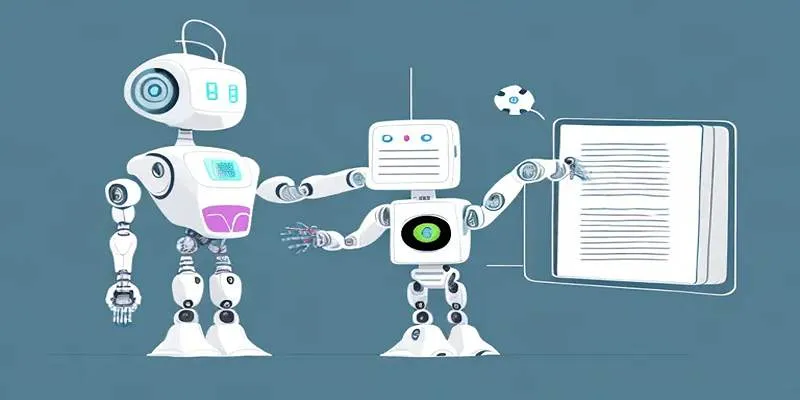
So, can AI ever truly understand language in the same way humans do? The answer is still uncertain. AI systems like natural language processing models have made incredible strides in understanding and responding to human language. However, their “understanding” remains fundamentally different from human understanding.
Humans can interpret meaning, understand context, and have emotional responses to language. AI, on the other hand, processes information through algorithms and statistical models. While these systems can perform impressive tasks, such as translating text or generating human-like conversation, they do not experience the world or comprehend language in the way humans do.
The Chinese Room Argument highlights this fundamental difference, raising questions about what it truly means to understand something. Is understanding only about interpreting meaning, or does it require consciousness and subjective experience?
Conclusion
In conclusion, the Chinese Room Argument challenges the idea that AI can truly understand language in the way humans do. While AI can simulate human-like responses, it lacks subjective comprehension or awareness. The ongoing debate about AI’s potential for understanding continues to shape the future of artificial intelligence. As AI technology advances, the distinction between human understanding and machine processing remains crucial. Ultimately, it’s clear that AI is still far from achieving the depth of understanding humans experience.
 zfn9
zfn9



